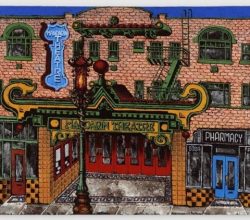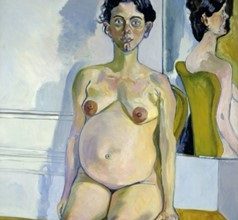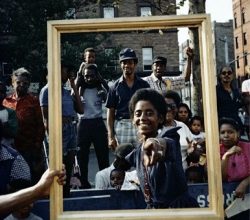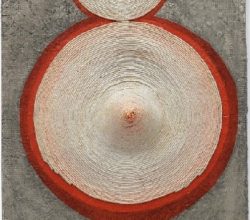
David Smith: Follow My Path
Phyllis Tuchman | The Brooklyn Rail | 1st June 2021
Iron and steel are quintessentially modern materials and Smith was the master of their use in sculpture. His works tended to be modest rather than monumental, and often were painted to achieve a desired effect. Welded steel can seem old hat, now that assemblages predominate. That doesn’t diminish Smith’s development of 20th century modernism, something he achieved with nothing more than “manual labour, grit and a bit of magic”.




